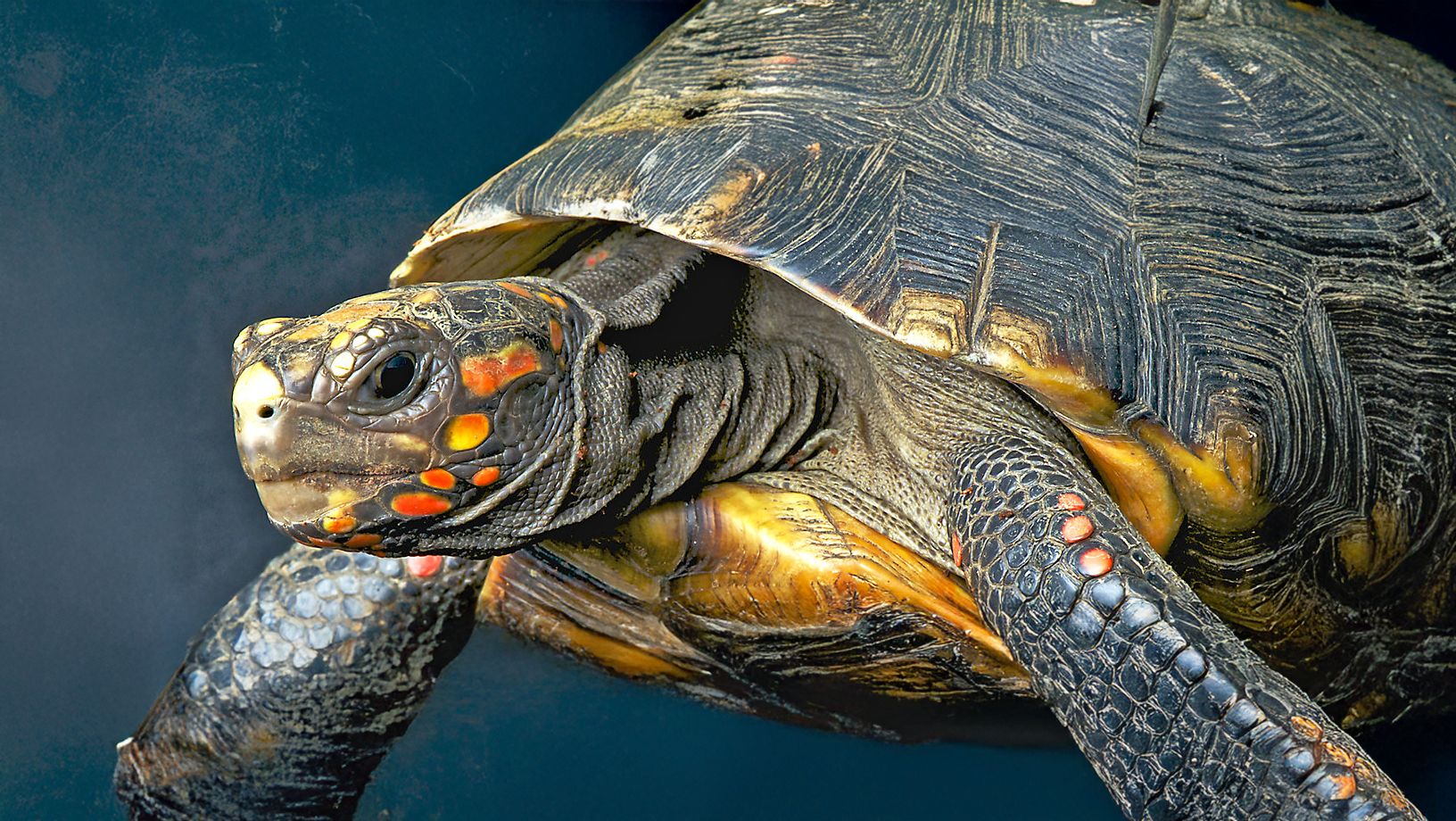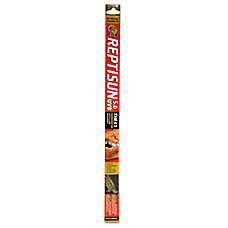A Set-up Guide for New Red Foot Tortoise

In this Article
Five things to know about your tortoise
- Red foot tortoises can live up to 50 years
- They grow up to 14 inches long
- They’re the friendliest, most curious of all tortoise species
- They get their name from the orange-red scales on their front legs and heads
- They are best for pet parents with some experience
Your red foot tortoise’s home
Red foot tortoises can live alone or in pairs. Two males or two females make the best roommates.
A single red foot tortoise will need at least a 55-gallon terrarium and may require even more space when fully grown. Multiple tortoises will need a larger habitat, too. Make sure your tortoise’s terrarium has a screened lid.
What to put in your tortoise’s habitat
- Line the bottom of the terrarium with 2 to 3 inches of coconut-fiber or cypress-bark bedding. Scoop the poop frequently and treat your tortoise to fresh bedding once a month.
- Provide a shallow water dish that’s wide enough for your tortoise to soak in. The water will also help keep the habitat humid.
- Stock the terrarium with plants and living or artificial branches.
- Add a large hiding place on the side of the terrarium that will be the cooler side.
- Make sure nothing in your tortoise’s habitat will wobble or topple when your pet climbs on it.
Heat & lights
- Your tortoise’s terrarium should have a warm side and a cool side. A thermometer on each side will help you regulate the two climates.
- During the day use a heat lamp to heat the warm side to between 95 and 100 degrees Fahrenheit (place an elevated rock or branch under the lamp for your tortoise to use as a basking spot) and the cool side at between 85 F and 90 F. At night, the whole habitat should be between 70 F and 80 F.
- Habitat humidity should be between 50% and 80%. Use a hygrometer — a device that measures humidity — to keep track.
- Tortoises are diurnal, meaning they’re more active during the day. Use a UVA/UVB bulb to mimic daylight for 12 hours a day.
- At night, switch to a night-specific bulb so you can watch your tortoise go with minimum disturbance.
Help keep your red foot tortoise healthy
Try not to handle tortoises for three or four days to give them a chance to get acclimated to their new surroundings. Whether your shelled friend is new or settled-in, be sure to contact a vet with reptile experience if you notice any of these symptoms:
- More time spent hiding in shell
- Eating or drinking less; weight loss
- Shell problems; discolored shell
- Swollen joints
- Discharge from the eyes, nose or mouth
- Runny droppings for more than two days
PETSMART CARES
Pets purchased at PetSmart are part of our exclusive Vet Assured™ program, designed by PetSmart veterinarians to help improve the health and well-being of our pets. Our vendors meet a high standard in caring for pets and screening them for common illnesses. This program also includes specific standards for in-store pet care.
The PetSmart Promise: If your pet becomes ill during the initial 14-day period, or if you’re not satisfied for any reason, PetSmart will gladly replace the pet or refund the purchase price.
